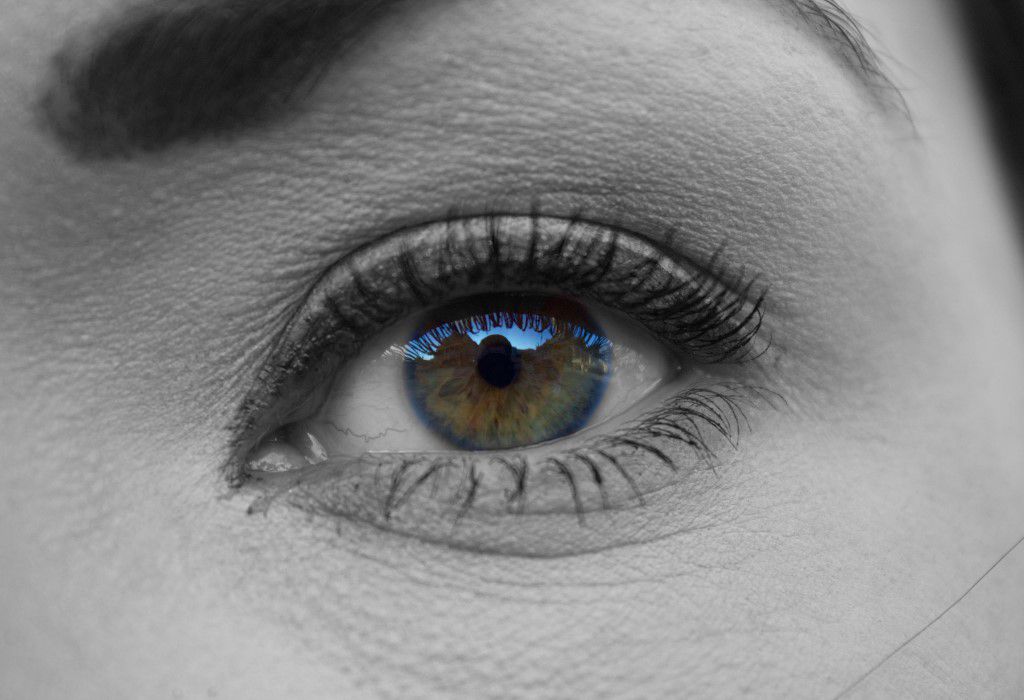
We know. We are always throwing out eye diseases at you! Today we will look at dry eyes. Specifically chronic dry eyes. Addressing both diseases helps patients determine what is affecting their vision.
Dry Eye Disease is a chronic condition. There is no permanent cure. Eyes need tears to maintain the lubricant in the eye. Inflammation can lead to reduced tear production and dry eye. Dry eye can be diagnosed by an eye doctor. Some signs they look for are how often your eyes bother you? How often are you using artificial tears? Are artificial tears helpful? What treatment options would work for your lifestyle?
Treatment for dry eyes will depend on each patient. In addition, learning the root cause of dry eye is crutial. Consequently, treatments include artificial tears. This can be over the counter or prescription strength. However, artificial tears only provide temporary relief. They do not fix the issues or help the eye to create their own tears.
Secondly, tear duct or plugs treat dry eye. In this treatment, an eye doctor will close the ducts that daring tears from your eyes.
Finally, medications can also help increase your eyes’ natural ability to produce tears.
If you follow our blogs, you may already know that there are two types of Macular Degeneration. There is a dry type and a wet type. Most cases are dry age-related macular degeneration. This typically affects patients over 50 years old. It causes blurred or reduced vision due to the thinning of the macula. Deterioration of the retina due to small yellow deposits known as drusen under the macula creates this phenomena.
Speculated causes
Treatment options for dry age-related macular degeneration include medications. Drugs injected in your eye. These drugs stop new blood vessels from forming. This stops the leaking that causes degeneration. Laser therapy may help destroy the actively growing blood vessels causing the degeneration. Similar to laser therapy, patients may try photodynamic laser therapy which is a twostep treatment using light-sensitive drugs to damage the abnormal blood vessels.
Vitamins have been show to help treat dry age-related macular degeneration.
Chronic dry eye disease and dry age-related macular degeneration are different. It is understandable why they would seem like the same thing. By the same token, they are very different. To clarify, both contain chronic dry eyes, but in chronic dry eye syndrome the patient’s eyes cannot produce tears/lubrication for the eyes. On the other hand, age-related macular degeneration effects the retina inside of the eye thinning the tissue.
There is no cure for age-related macular degeneration, but as mentioned above, there are treatment options.
For more information about dry eye disease, see:
https://www.mayoclinic.org/diseases-conditions/dry-eyes/symptoms-causes/syc-20371863
For more information about dry AMD research, see:
https://lowvision.preventblindness.org/2013/05/30/a-guide-to-research-in-dry-amd/
Finally, what you need to know. Most importantly, this will not clear up on its own. It will require an eye doctor’s support. Make an appointment with your eye doctor to talk about your dry eyes today!